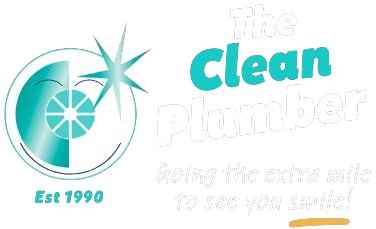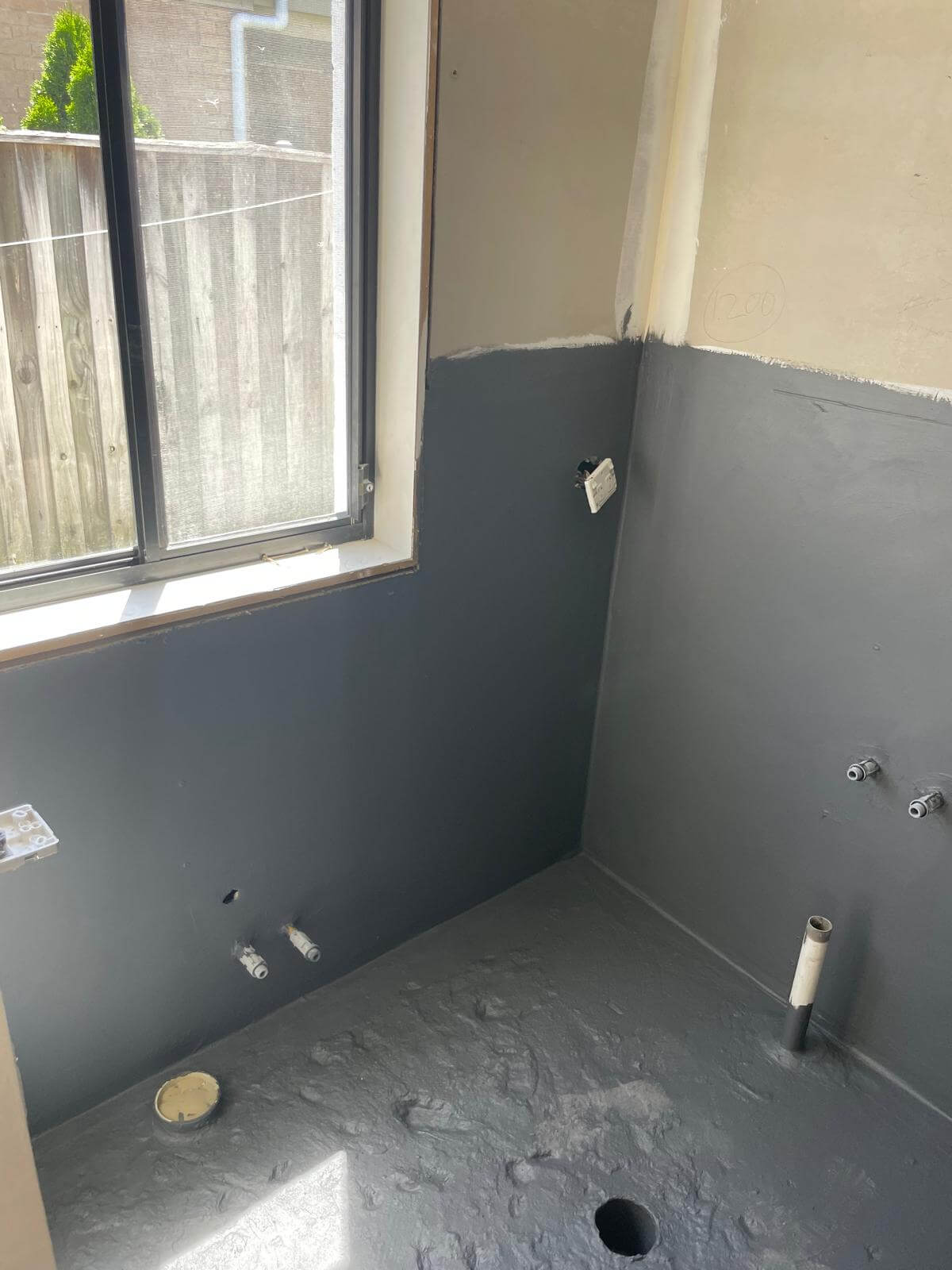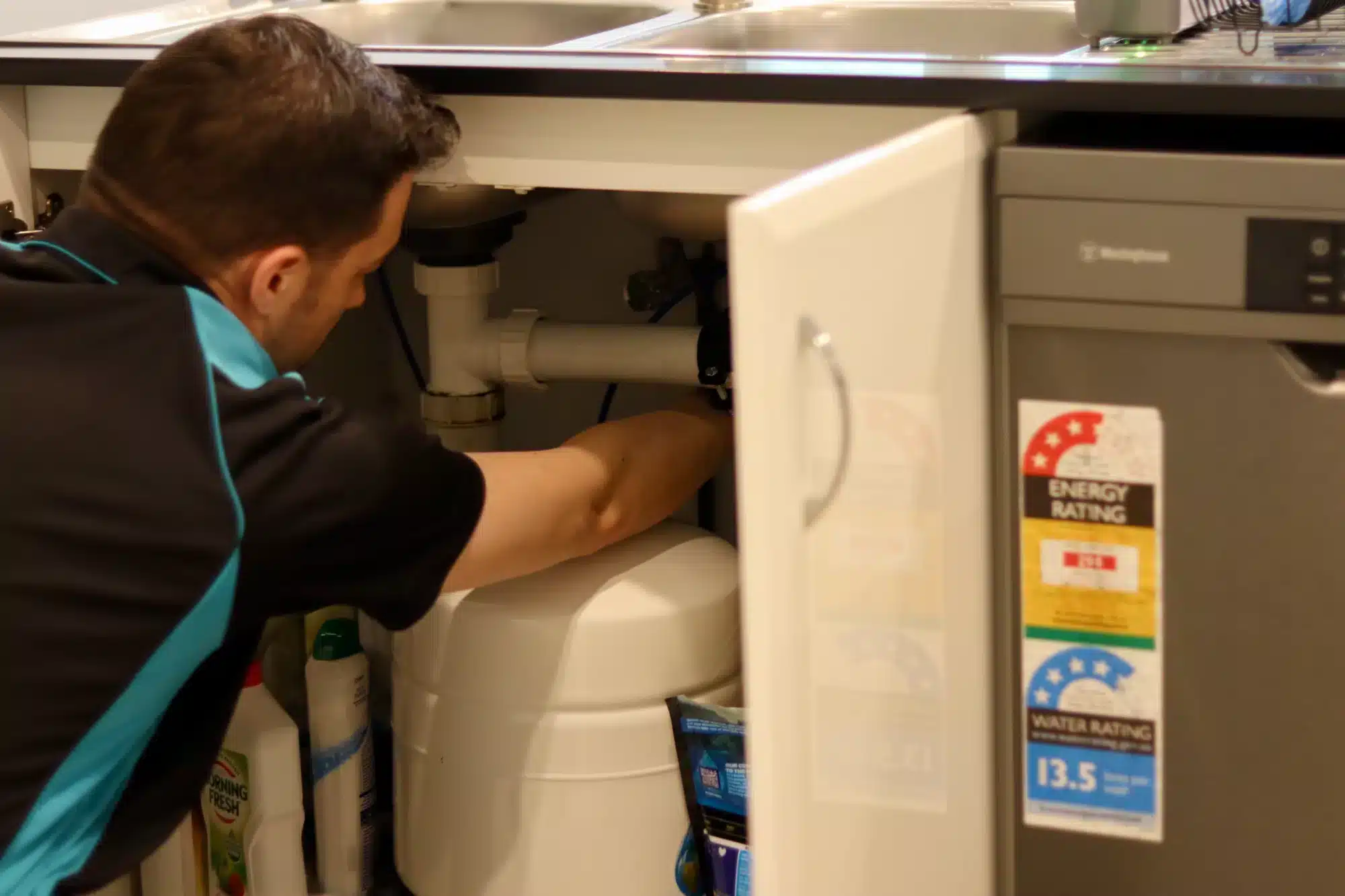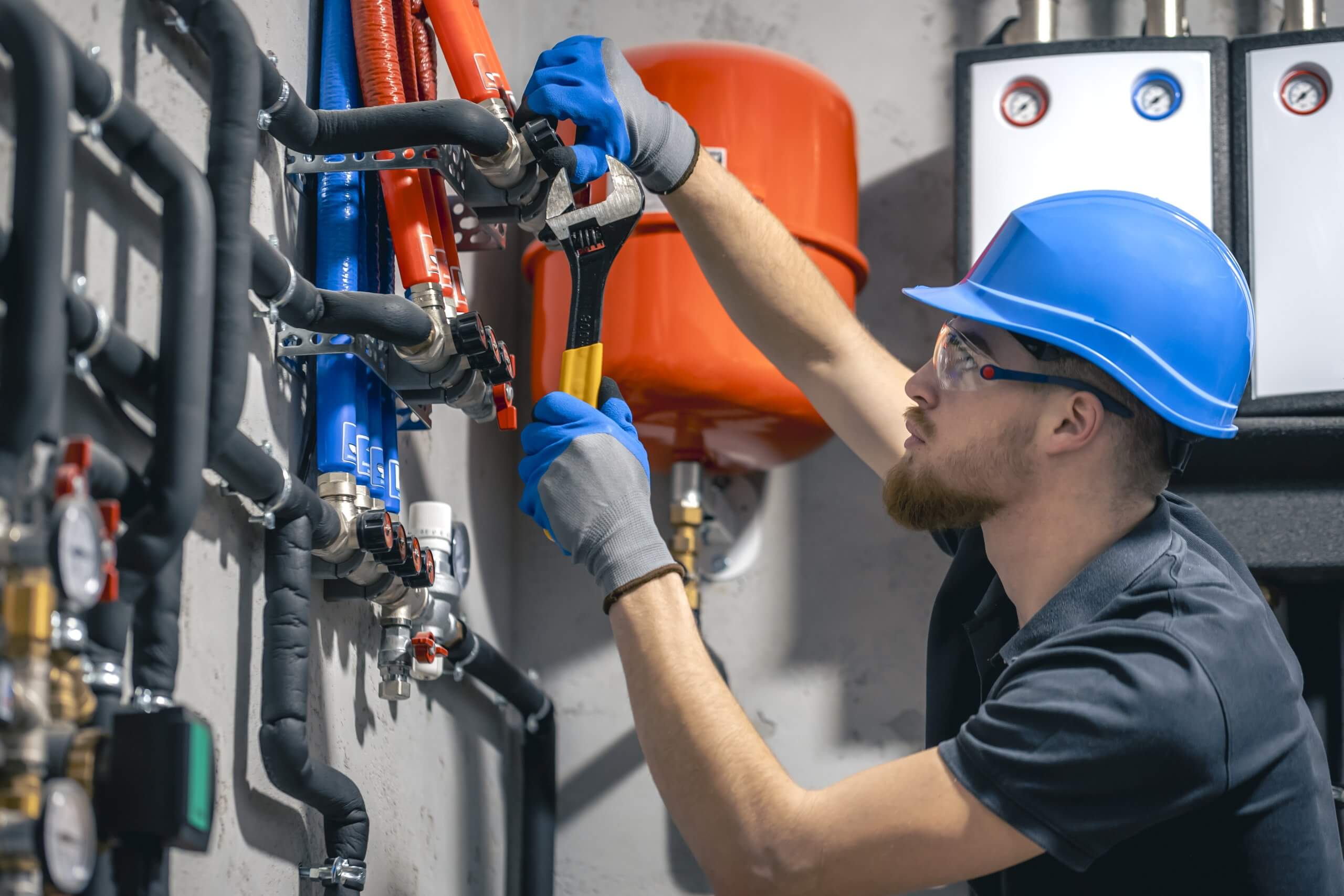Whether you’re renovating your bathroom, replacing an old fixture, or simply looking to improve your bathing experience, understanding the different types of bathtubs and bathtub drain stoppers available in Australia can save you time, effort, and money. This practical guide explores common stopper types, their mechanisms, pros and cons, and how to choose the most suitable option for your bathtub.
Why Choosing the Right Drain Stopper Matters
While drain stoppers may seem like a minor detail in bathroom design, they play a crucial role in water management, convenience, and even hygiene, just like an overflow drain. The right tub drain stopper can enhance drainage efficiency, maintain the water level prevent leaks, and offer a seamless user experience. Choosing the wrong type could lead to slow drainage, water wastage, or even the need for frequent repairs.
In some cases, replacing an outdated or malfunctioning stopper is essential for repair —especially if your existing stopper no longer seals properly and is clogged with hair ., shows signs of corrosion, or doesn’t match your updated bathroom aesthetic. For rentals or quick fixes, easy-to-install options are also available for hassle-free upgrades.
Types of Bathtubs Drain Stoppers Commonly Used in Australia
Here’s a breakdown of the different mechanisms including lift and turn and most common bathtub stoppers and their components. found in Australian homes, along with their key features and ideal use cases.
1. Lift-and-Turn Stopper
How It Works: Operated by lifting and turning the knob to open or close the tub drain.
Common Use: Often found in traditional or older-style bathtubs.
Maintenance: Requires occasional cleaning and tightening; the mechanism allows for smooth operation and is generally reliable.
Pros: Easy to operate, durable.
Cons: Can loosen over time and may require manual adjustment, especially due to the accumulation of other debris.
2. Push-and-Pull Stopper
How It Works: Manually pushed down to close and pulled up to open.
Common Use: A straightforward choice for DIY enthusiasts.
Maintenance: Simple to clean; parts are usually easy to replace.
Pros: Inexpensive, low maintenance.
Cons: May become stiff or stuck with age or debris buildup.
3. Toe-Touch (Foot Actuated) Stopper
How It Works: Pressed with the toe to engage or release the plug.
Common Use: Popular in modern bathrooms for its convenience.
Maintenance: Generally low maintenance but can jam if not cleaned regularly.
Pros: Hands-free operation, modern design.
Cons: The Mechanism may wear down faster with frequent use.
4. Flip-It Stopper
How It Works: Seals and unseals by twisting the stopper in place, often mounted on the overflow plate .
Common Use: Ideal for quick upgrades, short-term solutions, or rental properties.
Maintenance: Tool-free installation and removal; easy to clean.
Pros: No tools required, quick to install or replace.
Cons: May not provide a watertight seal over time.
5. Trip Lever Stopper
How It Works: A lever mounted on the overflow plate controls an internal plunger to open or close the overflow drain.
Common Use: Common in built-in tubs or installations with integrated overflow protection.
Maintenance: More complex; may require professional servicing if the internal parts wear out.
Pros: Concealed mechanism, good for deeper bathtubs.
Cons: Difficult to access, can be tricky for DIY repairs.
6. Pop-Up Drain Stopper
How It Works: Spring-loaded design operated by pressing the stopper cap, which can be maintained using baking soda.
Common Use: Found in newer or high-end bathtubs with sleek finishes.
Maintenance: Can be prone to clogging; requires regular cleaning to prevent build-up.
Pros: Stylish, easy to use.
Cons: Spring mechanism may fail over time, requiring replacement.
Common Materials Used in Bathtub Stoppers
In the Australian market, you need to ensure you have the correct size for the drain opening, as most bathtub drain stoppers are available in the following materials:
Stainless Steel – Corrosion-resistant and long-lasting, perfect for modern bathrooms.
Brass – Durable and stylish, though often more expensive.
Plastic or PVC – Lightweight and affordable but may wear out quicker.
Chrome-Plated Finishes – Offer a clean, polished look but may scratch or tarnish over time.
When selecting a stopper, consider following the manufacturer’s instructions regarding the components and its material’s resistance to water, cleaning products, and general wear and tear.
How to Choose the Right Stopper for Your Bathtub
Choosing the best stopper involves more than just aesthetics; it also includes the selection process based on aesthetic appeal of your bathroom. consider any specific concerns you might have as well, including water flow issues. Here are some factors to keep in mind, including proper maintenance:
Bathtub Design: Not all stoppers fit every tub. Check compatibility with your existing drain system.
User Preference: Consider how you want to operate the drain—manual, foot-operated, or lever-controlled.
Ease of Installation: Some models require tools and plumbing skills, while others are DIY-friendly.
Bathroom Style: Ensure the stopper complements your tapware and general décor.
Long-Term Use: Invest in a durable material for long-term value and fewer replacements.
If you’re unsure, consult a licensed plumber or bring your old stopper to a hardware store to find a matching or compatible type.
Frequently Asked Questions (FAQs)
What are the different types of bathtubs drain stoppers?
There are six common types, including the toe touch stopper: lift-and-turn, push-and-pull, flip-it, trip lever, and pop-up. Each has its own mechanism, use case, and may offer additional features.
Can you replace the drain stopper in a bathtub?
Yes, most stoppers can be replaced easily using basic tools, but consulting a professional plumber may help ensure proper installation. Some models, like the flip-it or toe-touch, are ideal for DIY installation.
How do you fix a pop-up bathtub plug?
To maintain functionality, you should regularly clean pop-up plugs from hair and debri , often fixed by cleaning out debris from the drain pipes. or adjusting the spring mechanism. If the issue persists, replacement may be necessary.
How to close a bathtub drain?
Depending on the type, you can twist, push, pull, or activate a lever for keeping water sealed in the drain. Always ensure the seal is tight to prevent leaks.
Are all bathtub drain stoppers the same size?
No, stoppers come in various sizes. It’s important to measure your drain opening as part of your plumbing system using a measuring tape. or bring the old stopper to the store for comparison.






